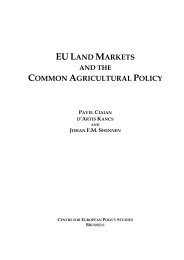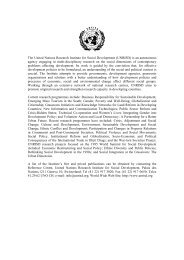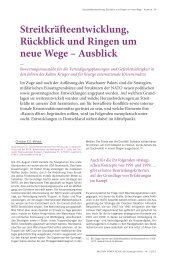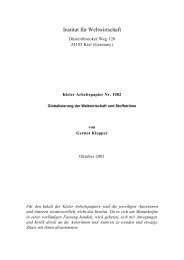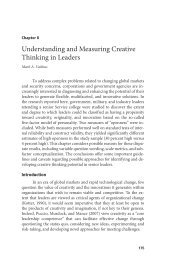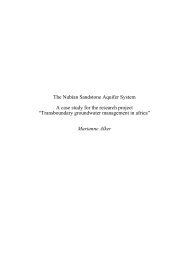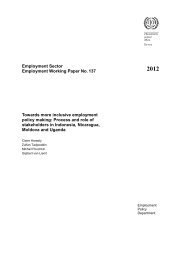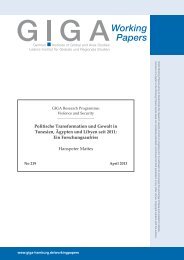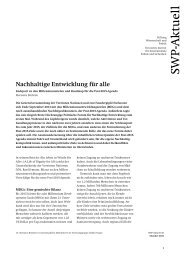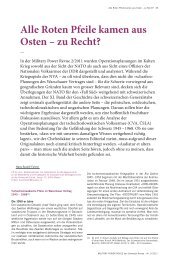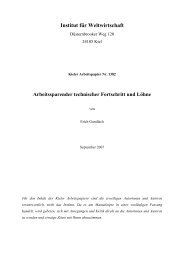Crime and Ammunition Procurement
Crime and Ammunition Procurement
Crime and Ammunition Procurement
You also want an ePaper? Increase the reach of your titles
YUMPU automatically turns print PDFs into web optimized ePapers that Google loves.
absence of strong institutions capable of enforcing the rule of law there is no<br />
‘peacekeeper’ or even ‘peace enforcer’ <strong>and</strong> this vacuum can lead to an escalation<br />
of armed violence between rival organizations. In such a setting the procurement<br />
of ammunition becomes vital to sustain this escalation. 5 This is the case,<br />
for example, in certain areas of Brazil, Colombia, Nigeria, <strong>and</strong> the Philippines<br />
where organized armed groups involved in illicit activities control territory <strong>and</strong><br />
engage in armed confrontation not only with the state security forces but also<br />
with rival organizations (Dowdney, 2005).<br />
In weak states criminal organizations take advantage of legal loopholes <strong>and</strong><br />
institutional fl aws in order to procure ammunition through the internal <strong>and</strong><br />
external fl ows or procurement routes listed in Table 1. 6<br />
While similar methods are used by organized crime in stronger states such as<br />
Italy <strong>and</strong> the United States, for instance, in weak states widespread corruption,<br />
lack of control by the central state, <strong>and</strong> weak law enforcement structures increase<br />
the magnitude of the problem. In this situation, criminal organizations purchase<br />
arms <strong>and</strong> ammunition with the logic of irregular armies, that is, purchasing<br />
large job lots through illicit channels in order to be able to defend their (rural<br />
or urban) territorial base <strong>and</strong> their markets (Naylor, 2002).<br />
Brazil is treated in this chapter as a paradigmatic case of a weak state facing<br />
the problem of heavily armed criminal organizations that control urban territories<br />
<strong>and</strong> have the capacity to match <strong>and</strong> challenge the state’s security agencies.<br />
Table 1<br />
Internal <strong>and</strong> external ammunition procurement fl ows<br />
Internal fl ows External fl ows<br />
• Diversion (via theft or corruption) from<br />
military <strong>and</strong> police inventories 7<br />
• Diversion from private security companies<br />
<strong>and</strong> gun shops<br />
• Purchase in gun shops by taking advantage<br />
of weak or non-existent controls (particularly<br />
for small calibre ammunition)<br />
• Illicit sales from ammunition factories<br />
<strong>and</strong> shops<br />
• <strong>Ammunition</strong> stolen from individuals in<br />
burglaries (particularly for small calibre<br />
ammunition)<br />
174 Targeting <strong>Ammunition</strong><br />
• International traffi cking networks<br />
• Smuggling of ammunition purchased<br />
in neighbouring countries due to legal<br />
loopholes as well as weak law enforcement<br />
<strong>and</strong> border controls



